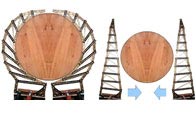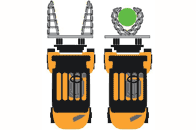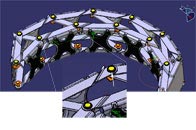The elasticity of the gripping process is achieved by the aid of elastic elements, which take care that the gripper device recovers its original structure after the loading.
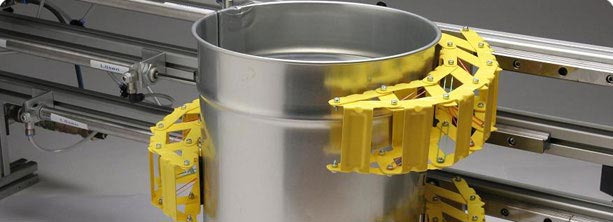
Bionics in progress – Fish fin as archetype for innovation
CLASP team of the University of Bremen develops flexible chain hoist for forklifts.The interdisciplinary project "Bionics in Progress" unifies the Bremen University of Art, the faculty of production technology and industrial engineering and the faculty of bionics of the University of Bremen. The objective is to develop the products till they are ready for the market. The bionics serves as a source of inspiration.
The CLASP team has developed a flexible chain hoist for forklifts. This gripper system is in a position to move loads of different sizes, weights and shapes in which the object to be hoisted is mechanically enclosed. The loads are thereby grasped by several gripper arms, which flexibly adjust to the shape of the objects. Fragile objects can also be moved, because the contact pressure is distributed equally over the entire surface.
This principle is at work in the fin rays of fish, which is a biological example for self-adjusting structures. By lateral pressure against one of the strands, the fin arches towards the pressure. The CLASP functions exactly based on this principle.
In order to keep the production costs and expenditure as low as possible, the application of non-variable parts is of great significance. The compromise between stability and flexibility could be solved by the aid of iglidur plain bearings. They are not only maintenance-free, but also guarantee a stable and smooth movement of the gripper arms.
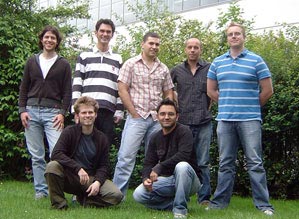
Top front left: Stefan Reussenzahn, Tammo Berner, Cenk Hamatoglu, Alex Schäfer, Rafael Lipinski
Below front left: Tobias Funke, Teoman Kaya
